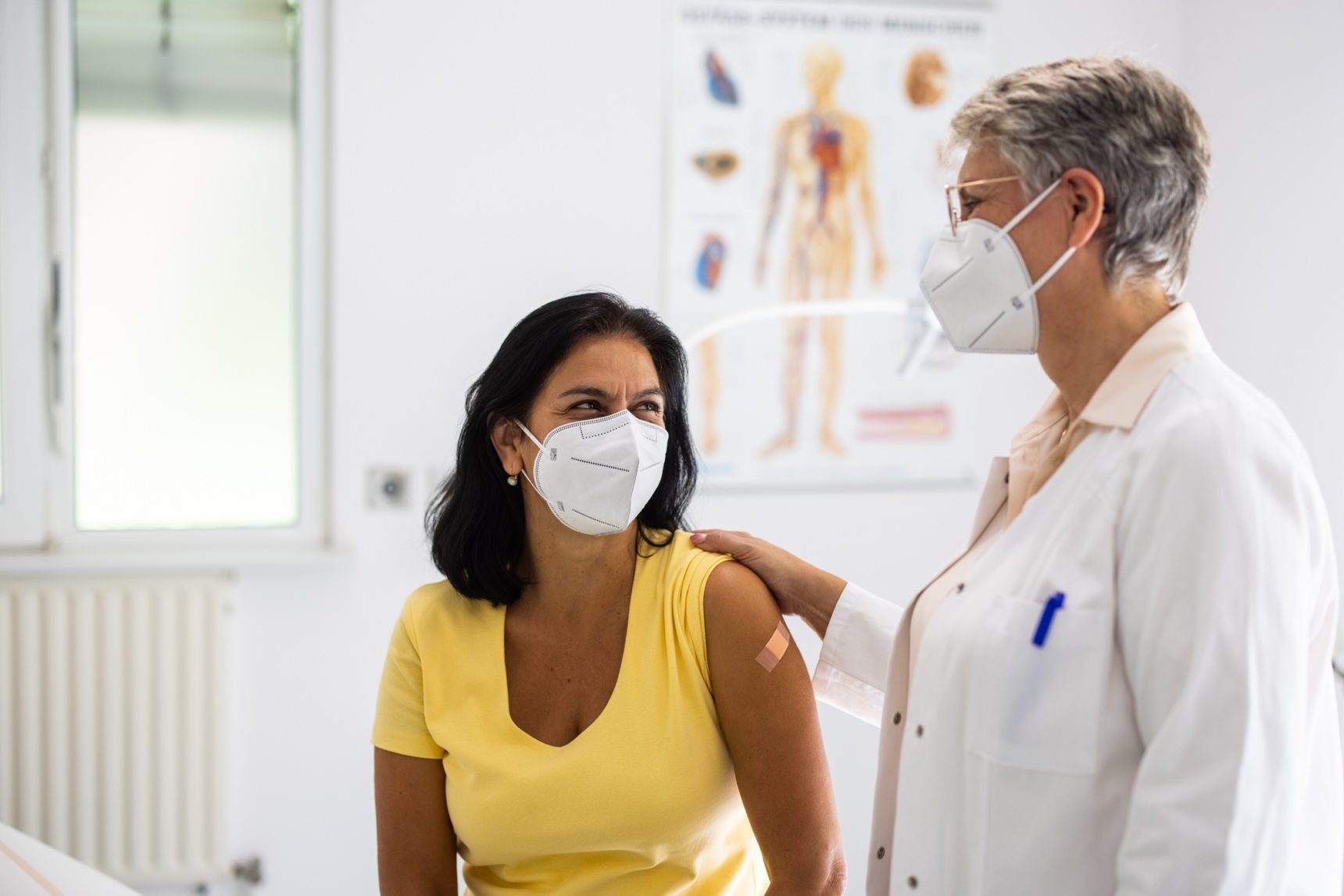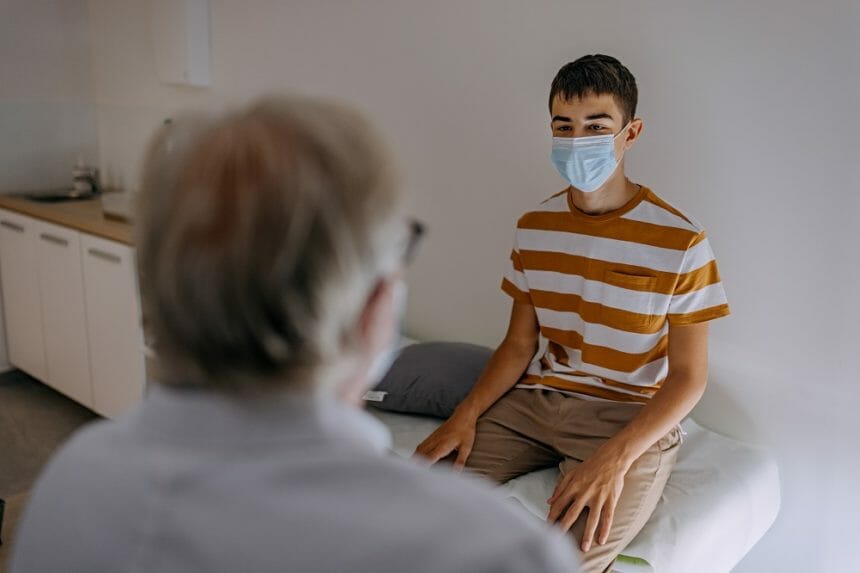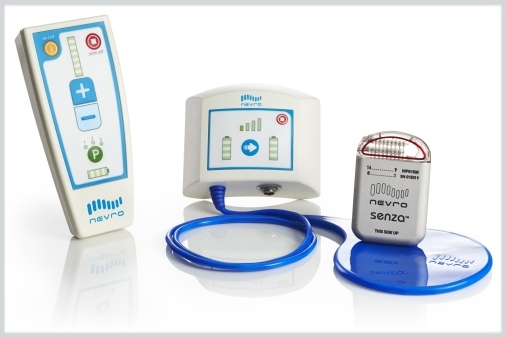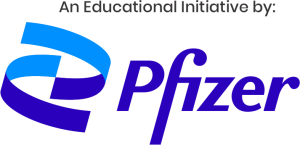The COVID-19 pandemic has stressed the health care system and the public like no other event in the last century. Responding to the public’s needs for clear, authoritative, continually evolving information has required an extraordinary commitment from public health leaders, elected leaders, scientists, and other health care professionals. Regrettably, misinformation from a variety of sources has challenged an effective response to the information needs of the public. Although misinformation is not a new phenomenon, social media and other internet outlets have expanded the potential for disreputable, non-authoritative sources to achieve an outsized, immediate effect on the public.
So called infodemiologists have begun approaching the problem of misinformation from an epidemiologic vantage point by preventing it from going “viral.”1 They conceptualize misinformation as analogous to an infectious disease outbreak that must have its origin, virulence, transmission patterns, and potential “treatments” rapidly identified, along with a need to inoculate people against these deceptions. When misinformation, like an epidemic, is not promptly identified and contained, it spreads so rapidly within a population that it takes far greater effort and resources to counteract it.
While public health professionals, scientists, and journalists are all working to deliver healthier “media diets” that serve accurate, reliable information to the public, health care professionals are sometimes operating at both the public and individual patient level to ensure good healthy practices for their patients. Health care professionals’ trusted position in society provides them with a valuable platform to inform the public. They are licensed by their state and often boarded by a professional society who have professional obligations to their patients and the public to disseminate evidence-based information. This promotion of the public good and a commitment to integrity and competence is central to the ethics of the health care profession. These obligations include avoiding the release or propagation of mis- and dis-information, calling misinformation out when they see it, and not promoting it either with their patients or on social media outlets.
After a series of events that involved promotion of COVID-19 misinformation from health care professionals, the Federation of State Medical Boards as well as professional societies and the American Board of Medical Specialties all released public statements that its members’ board certification could be sanctioned or their license could be suspended or revoked if they are involved in disseminating misinformation to their patients or the public. This was an important step to demonstrate to the public and remind all health care professionals of their professional obligations to provide high quality evidence-based information to the public. This is especially true during a public health emergency, when good information and good communication is a prerequisite for promoting the solidarity communities need in fighting the pandemic.
These statements from professional societies and state medical boards were not intended to quell legitimate scientific debate or the free exchange of ideas among health experts, but rather to prohibit the dissemination of information that lacks a clear evidence base and is contrary to the efforts of halting the pandemic. Physicians and others concerned about this problem appreciate that facts are context specific, studies need to be placed in their proper framework, and knowledge is constantly evolving. Rather than a clear right or wrong duality to scientific debates, there is often a slowly evolving consensus about what we clearly know from what we do not. Society must protect legitimate scientific discourse, free expression and openness of new ideas, but significant professional consequences are justifiable when spreading misinformation that is not firmly grounded in evidence especially when it has real and serious public health implications.
Some health care professionals’ goal in sharing what could be considered misinformation may be rooted in a desire to respect patient autonomy and individual liberty and avoid coercion. In this case, misinformation should be distinguished from legitimate shared decision-making, the latter being when there is reasonable debate about a range of acceptable medical options. For example, because there is sufficient empirical data that SARS-CoV-2 vaccination is associated with a very small risk of self-limited myocarditis, it could be part of a shared decision-making conversation. The same could not be said for infertility and vaccination, as no such data exist for that association.
Although the risk of COVID-19-associated myocarditis is greater than the risk of vaccine-associated myocarditis, vaccine-associated adverse events remain a concern for some patients. Again, for some patients, the public health benefits may be greater than the individual ones —the largest benefit for some patients may be the reduction in community disease burden leading to less strain on their local health care system. When hospitals are not overwhelmed, everyone benefits.
Other health care professionals may say that they are their patient’s advocate first and therefore they can advise their patients however they wish. If their patient does not want the vaccine, the doctor does not have to recommend it to them. This is a topic for a longer discussion, but physicians should be mindful that they also have obligations to protect the public’s health. Although physicians are patient advocates first and must continue to promote individual liberty, there are circumstances when their public health role is relevant and important. Physicians must continue to play a role in protecting all members of their community. Helping them navigate this tension may continue to be a challenge going forward.
Reference
Scales D, Gorman Jamieson KH. The COVID-19 infodemic—Applying the epidemiologic model to counter misinformation. N Engl J Med. 2021;385:678-681. doi:10.1056/NEJMp2103798






